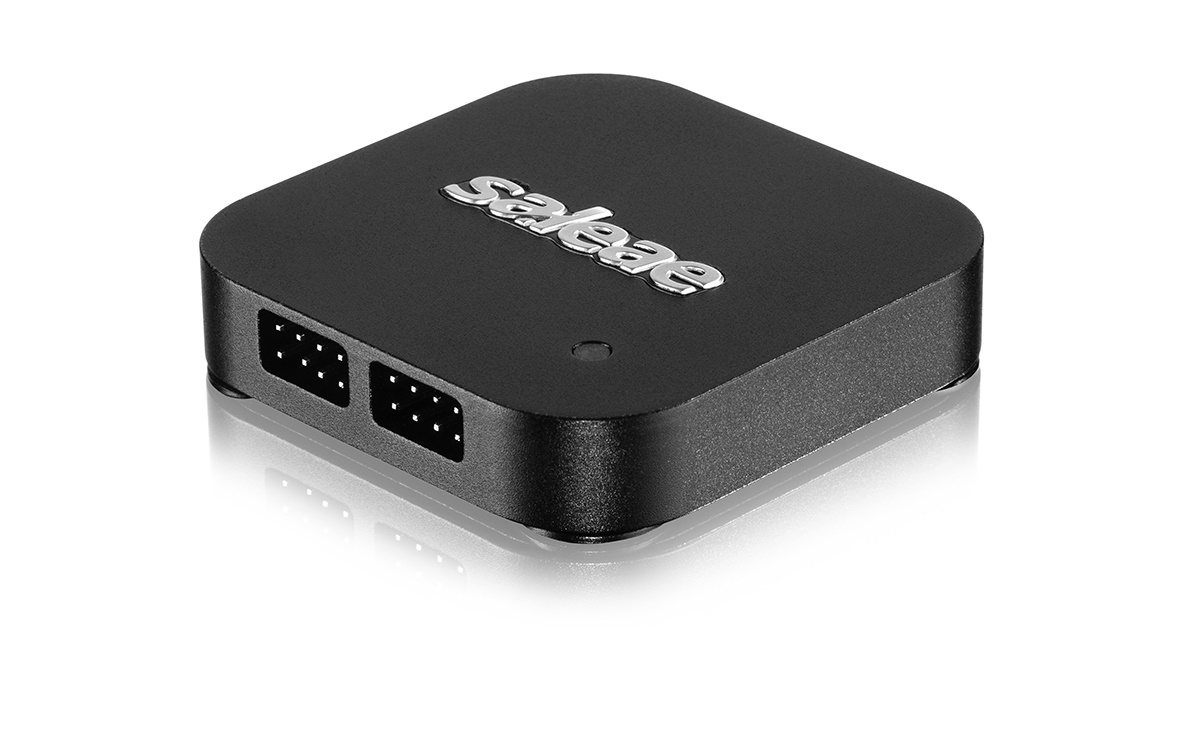

I do not yet have a feeling for its accuracy, either in terms of clock or analog voltage, nor have I played with RF range signals yet. Also, the software UI (on linux at least) is fast and responsive and pretty easy to figure out. That said, it's good for capturing and analyzing, and where it wins over the other options is that you can, e.g., sample an SPI transaction, decode it, and export the data to a file you can easily turn into a binary or hex dump. This feature is only supported on the original Logic 16, Logic Pro 8, and Logic Pro 16.:param index: digital I/O voltage threshold index from the getter function.:raises ImpossibleSettings: raised if out of range index is requested > s. Also there's no input scaling/attenuation/etc so if you want to do much with analog signals you'll need to keep them within 3.3v p-p or roll your own input scaling. So you need a scope too, and if you're thinking "Yay! I can get rid of that big ugly desktop scope and logic analyzer," no, you can't. A software mode where it sits there doing this in a loop would be at least a start, and could maybe be implemented using the remote control API of the UI software, but it should be built-in. The best you can do is set it for a short sampling period lke 100mS and keep clicking "start" to get an idea what you're looking at. You can't even see the logic levels/voltages of the inputs until after you've run a whole capture. The only way to use it is to start a capture (which runs completely blind) and then once it's done, look at the saved data. The important thing to know before buying this is there is *no* realtime view of the input.


 0 kommentar(er)
0 kommentar(er)
